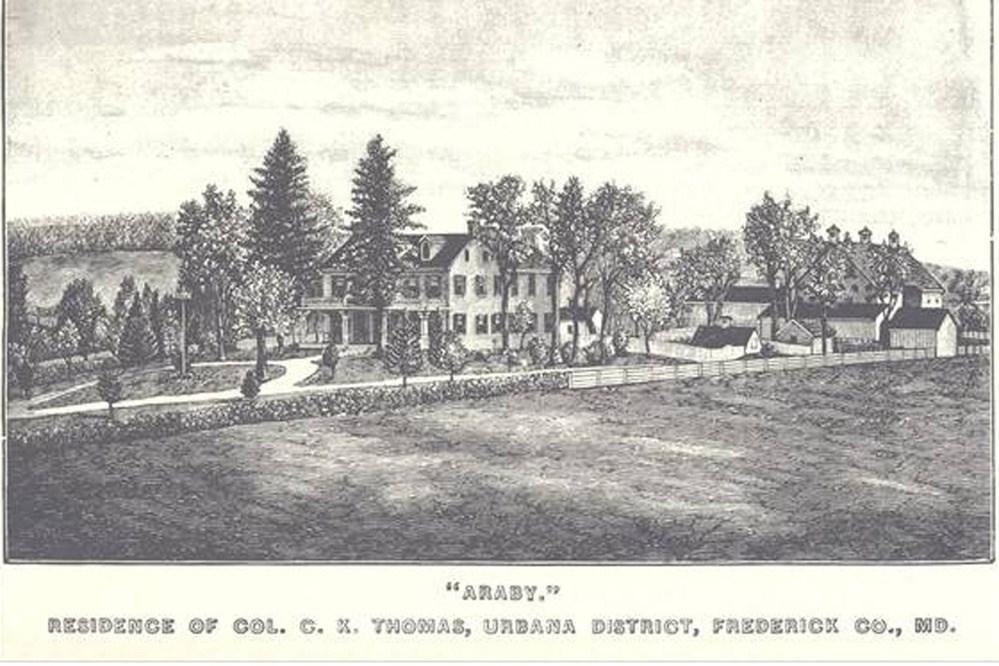Part of a series of articles titled Crystal Clear: A Call to Action.
Article
Crystal Clear: Establishing Native Vegetation in Riparian Buffers on the Thomas Farm

NPS Image
Background
Improving stream habitats in the park is critical to aquatic species that rely on these habitats for survival. For example, pearl dace (Margariscus margarita), a fish listed as Threatened by the state of Maryland, was documented downstream of the Thomas Farm in 2004. Prior to the stream bank restoration project, stream buffer areas were vegetated primarily with non-native, sod-forming pasture grasses which provide little benefit to wildlife habitat or water quality. With this project the park continues its transition to supporting native species—especially in natural areas. The diverse mix of native species will provide excellent food and cover for wildlife; planting shrub species near the streambank’s edge will provide shading to decrease water temperature; and using low growing vegetation will provide both natural and cultural resource benefits since these types of vegetation should not adversely alter the historic viewshed.Status
Existing non-native vegetation was reduced in an area of approximately 2000 linear feet of buffer. A mix of native shrubs and small trees was planted, including silky dogwood, red osier dogwood, elderberry, witch hazel, spicebush, Virginia sweetspire, common ninebark, sweetbay magnolia, and others. The work was accomplished by park seasonal staff and Youth Conservation Crews along with approximately 500 volunteers including local Boy Scouts, Girl Scouts, and high school students who donated over 1800 hours of service. Deer repellent was applied to assist with plant survival, and the plantings are thriving. The project outcomes are applicable to multiple parks that deal with riparian buffers in cultural landscapes and are now being used in the restoration of other park areas within the National Capital Region of the National Park Service. The area of the project is core to the interpretation of the Battle of Monocacy and serves as a valuable tool to educate visitors about the intersection of the park’s natural and cultural landscape. The educational component highlighting the balance of native species restoration and historic landscape maintenance is under development. Educational materials are based on content from formal and informal interpretive talks to volunteer groups, partners, advocacy groups, and visitors.Last updated: November 8, 2018
